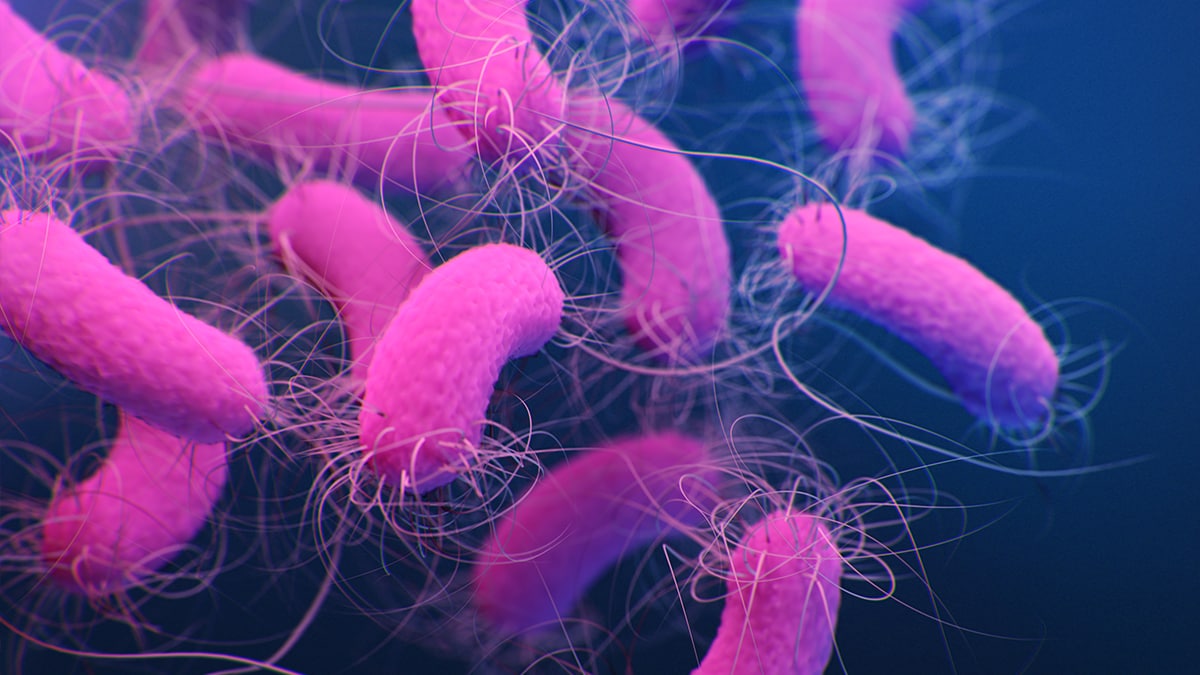Key points
- Pseudomonas aeruginosa (P. aeruginosa) infections typically occur in healthcare settings.
- Good hand hygiene and infection prevention and control can help reduce the risk of infection.
- Pseudomonas aeruginosa can be resistant to antibiotics, making these infections difficult to treat.

Overview
Pseudomonas is a group of bacteria commonly found in the environment, like in soil and water. The most common type causing infections among humans is Pseudomonas aeruginosa.
P. aeruginosa can cause infections in the blood, lungs (pneumonia), urinary tract or other parts of the body after surgery.
Types
Some types are resistant to nearly all antibiotics, including carbapenems, known as multidrug-resistant (MDR) P. aeruginosa. In 2017, MDR P. aeruginosa caused an estimated 32,600 infections among hospitalized patients and 2,700 estimated deaths in the United States.1
At-risk populations
Patients in healthcare settings are at highest risk, especially those who:
- Are on breathing machines (ventilators).
- Have devices such as catheters.
- Have open wounds from surgery or burns.
How it spreads
- Contact with contaminated surfaces or equipment.
- Exposure in the soil or water.
- Person-to-person contact, like from contaminated hands.
Reducing risk
Patients and caregivers should:
- Keep their hands clean, particularly before and after caring for wounds or touching a medical device.
- Remind people (including healthcare providers) to clean their hands before touching the patient or handling medical devices.
- Allow healthcare staff to clean their room daily when in a healthcare setting.
Healthcare providers and facilities should:
- Always follow core infection control practices to reduce the risk of spreading these germs to patients.
- Have water management plans in place.
Testing
To determine if someone has a P. aeruginosa infection, healthcare providers will send a specimen to the laboratory for antimicrobial susceptibility testing. This test can also determine what treatment will work best.
Treatment and recovery
Treatment generally includes antibiotics. Unfortunately, treatment options are limited for MDR P. aeruginosa.
What CDC is doing
- Providing testing to identify antimicrobial resistance cases, measure resistance and track transmission in a healthcare setting through the Antimicrobial Resistance Laboratory Network.
- Tracking P. aeruginosa infections through the National Healthcare Safety Network.
- Data is also available on the AR & Patient Safety Portal.
- Working closely with health departments, other federal agencies, healthcare providers and patients to prevent infections caused by P. aeruginosa and slow the spread of resistant germs.
